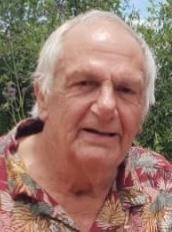Northern Transvaal Branch - Monthly Presentations 2022
One of the benefits of GSSA membership is the opportunity to attend a monthly talk by a knowledgeable speaker. The Northern Transvaal branch is renowned for the quality, professionalism, and relevance of its presentations on a myriad of genealogy related topics. Navigate to the presentation video, text or slide set. Each presentation is in the language of the topic. For a summary of each presentation, see below.
| Click on the ✔ to open | ||||||
| DATE | SPEAKER | TOPIC | VIDEO | TEXT | SLIDES | CV |
| 2022-10-08 | Albert Blake | Die Ossewabrandwag | ✔ | ✘ | ✘ | ✔ |
| 2022-09-10 | Johan Wolfaardt | Vrymesselaars in die Anglo Boere Oorlog | ✔ | ✘ | ✔ | ✔ |
| 2022-08-13 | Erik Holm | Ons ikoniese ossewaens | ✔ | ✘ | ✔ | ✔ |
| 2022-07-09 |
Johan Fourie | Die Geskiedenis van Nederlandse Naamgewing | ✔ | ✘ | ✔ | ✔ |
| 2022-06-11 |
Mini Workshop
|
Dead ends - Challenges and solutions
|
||||
|
Wilhelm Bernhardt
|
Mikrotydlyne en rekonstruksies vir die oplossing van doodloopstrate
|
✔ | ✘ | ✔ | ✘ | |
|
Annemarie Dreyer
|
Breaking down your genealogy brick wall by using DNA results
|
✔ | ✘ | ✔ | ✘ | |
| 2022-05-14 | Nicol Stassen | Van Humpata tot Upingtonia | ✔ | ✘ | ✘ | ✔ |
| 2022-04-09 | Maya Roon | In die hart van die Pilanesberg | ✔ | ✘ | ✔ | ✔ |
| 2022-03-12 | Maj Gustav Bentz en Annelies Schoeman | Die Militêre Argief | ✔ | ✘ | ✔ | ✔ |
| 2022-02-12 | Dr Tian Schutte & Peet Coetzee |
Treinvernielers | ✔ | ✔ | ✔ | ✔ |
| PRESENTATIONS OF PREVIOUS YEARS |
||||||
| 2023 | Gauteng North Branch - Monthly Presentations | |||||
| 2022 | Northern Transvaal Branch - Monthly Presentations | |||||
| 2021 | Northern Transvaal Branch - Monthly Presentations | |||||
| 2020 |
Northern Transvaal Branch - Monthly Presentations |
|||||


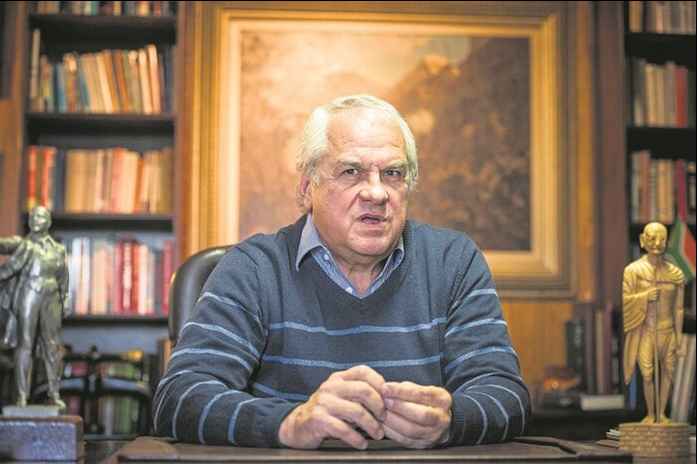
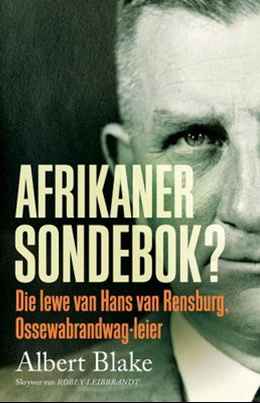 The OB was formed in 1939 as a cultural organisation for the Afrikaner with a charismatic, highly intelligent leader (he had a doctorate in law), Hans van Rensburg.
The OB was formed in 1939 as a cultural organisation for the Afrikaner with a charismatic, highly intelligent leader (he had a doctorate in law), Hans van Rensburg.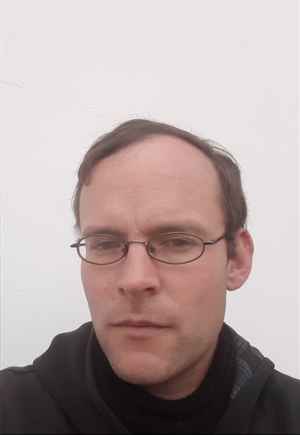 Johan Wolfaard, 10 September 2022
Johan Wolfaard, 10 September 2022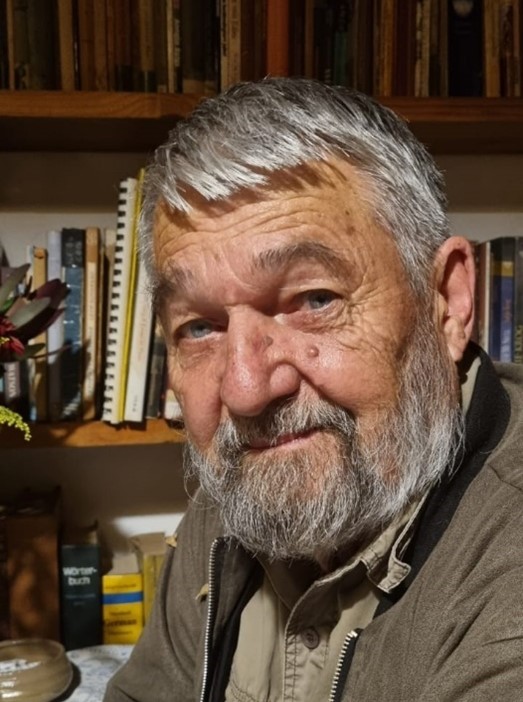 Erik Holm, 13 August 2022
Erik Holm, 13 August 2022
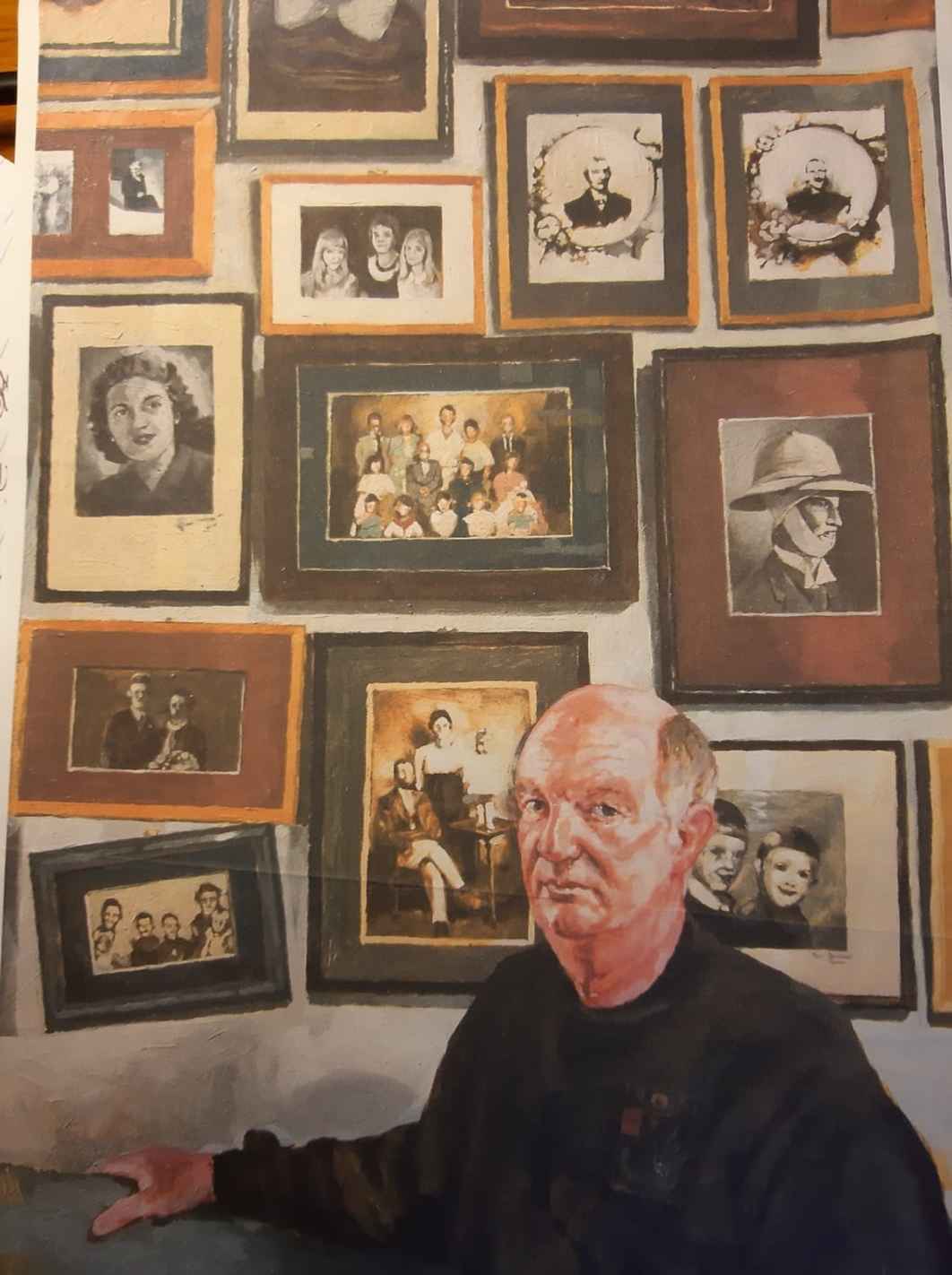 Johan Fourie, 9 July 2022
Johan Fourie, 9 July 2022
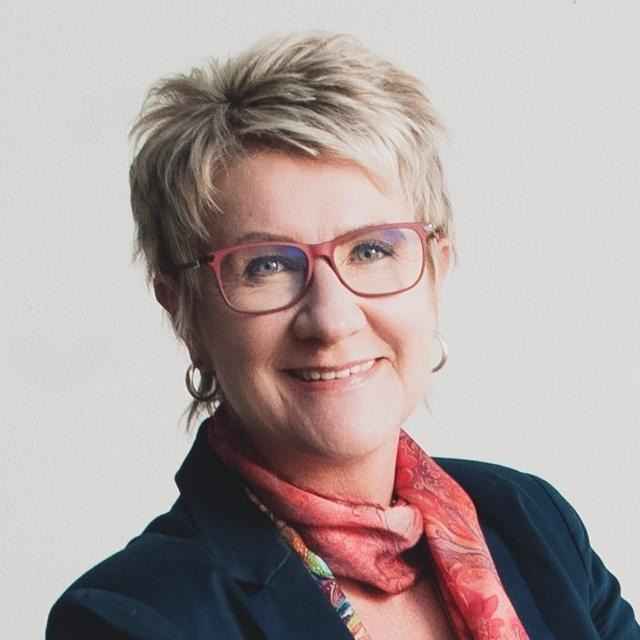

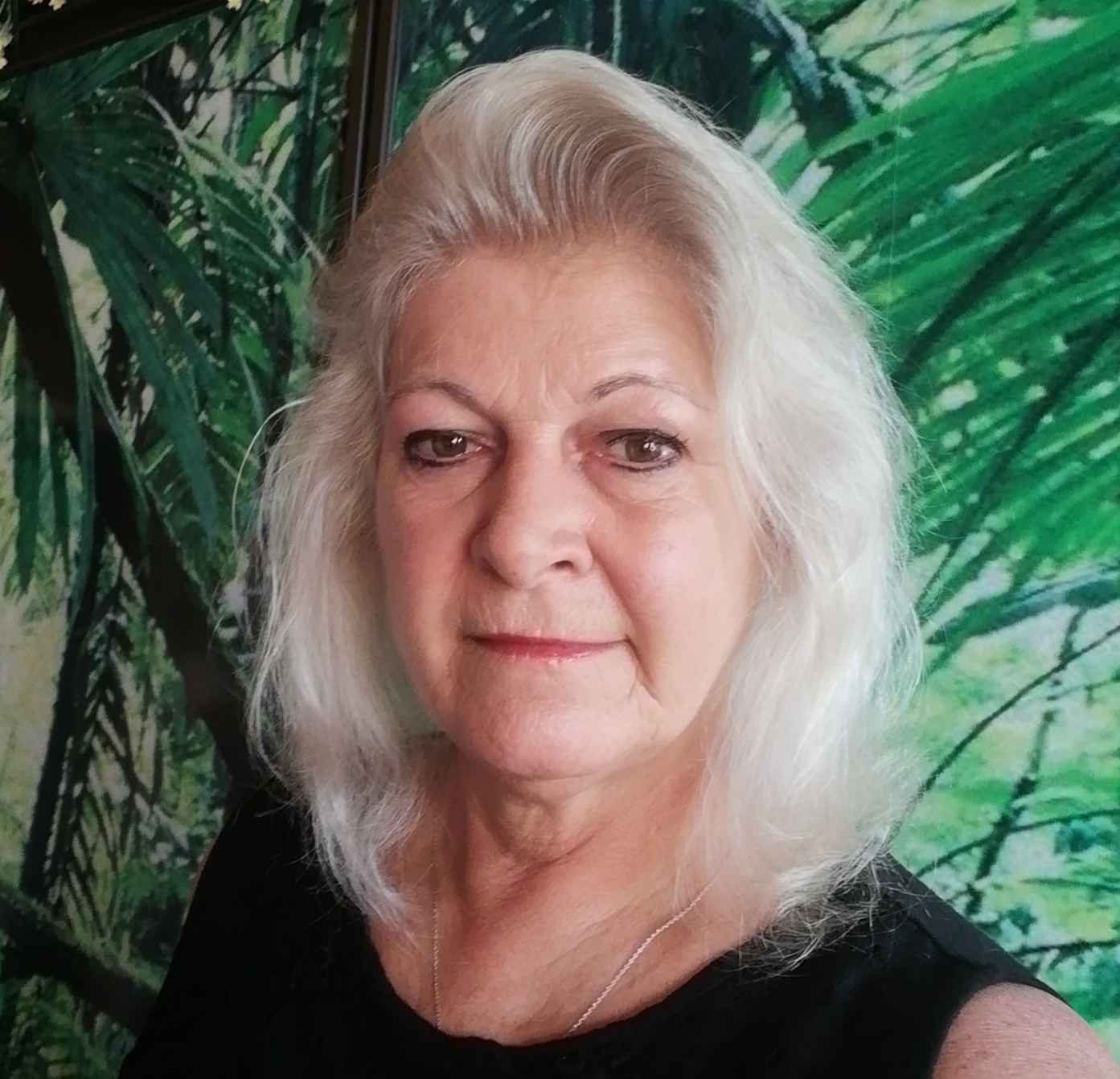 Ms. Maya Roon, 09 April 2022
Ms. Maya Roon, 09 April 2022 Major Gustav Bentz and Annelies Schoeman, 12 March 2022
Major Gustav Bentz and Annelies Schoeman, 12 March 2022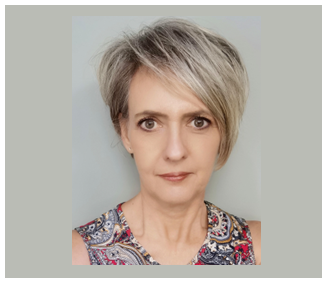 The public is welcome to visit the archive. All information is available that has been declassified. In addition to the PAIA Act, there is also the Popi Act which protects personal information (Protection of Personal Information Act 4 of 2013) and the Archives Act (Act 43 of 1996: National Archives of South Africa Act) which underlies the management of an archive. The way in which one can access information is fully explained.
The public is welcome to visit the archive. All information is available that has been declassified. In addition to the PAIA Act, there is also the Popi Act which protects personal information (Protection of Personal Information Act 4 of 2013) and the Archives Act (Act 43 of 1996: National Archives of South Africa Act) which underlies the management of an archive. The way in which one can access information is fully explained.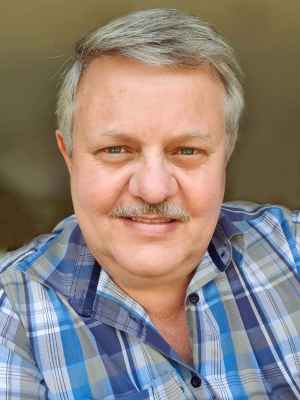 Dr. Tian Schutte, 12 February 2022
Dr. Tian Schutte, 12 February 2022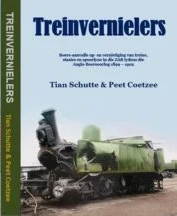 Some of the photographs show trucks full of canned food ("bully beef") and coal from England, as well as fodder for the horses (especially from South America that distributed the seeds for khaki bush and cosmos in SA). One photograph shows cannons being brought inland.
Some of the photographs show trucks full of canned food ("bully beef") and coal from England, as well as fodder for the horses (especially from South America that distributed the seeds for khaki bush and cosmos in SA). One photograph shows cannons being brought inland.